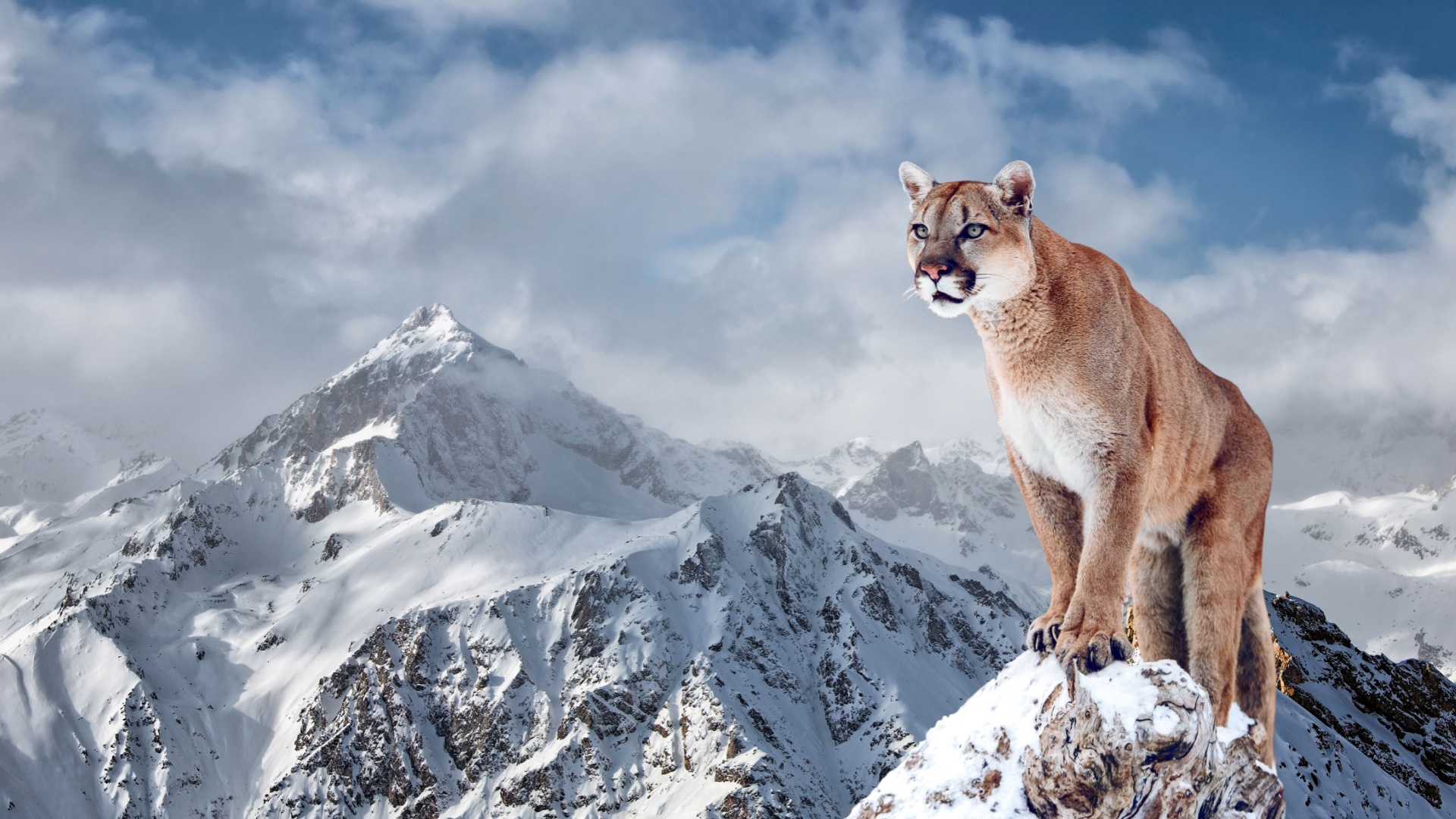Imagine arriving at your dream destination, only for things to take a wild turn – literally. It’s an adventure you won’t forget!
Picture this: you’re lounging on a pristine beach or hiking a scenic trail, when you suddenly realize you’re not alone. Not only that, but the creatures around you might be far more dangerous than you expected.
The reality is, we live alongside animals that have been around long before us, and sometimes, our paths cross in ways that are thrilling and a little unsettling.
These encounters serve as a reminder that nature has its own rules, and we’re simply visitors in a world where wild creatures still reign.
Ready to explore the wild side of travel? Let’s take a closer look at the fascinating, and sometimes dangerous, animals that call the world’s most stunning destinations home.
1. Grizzly Bear
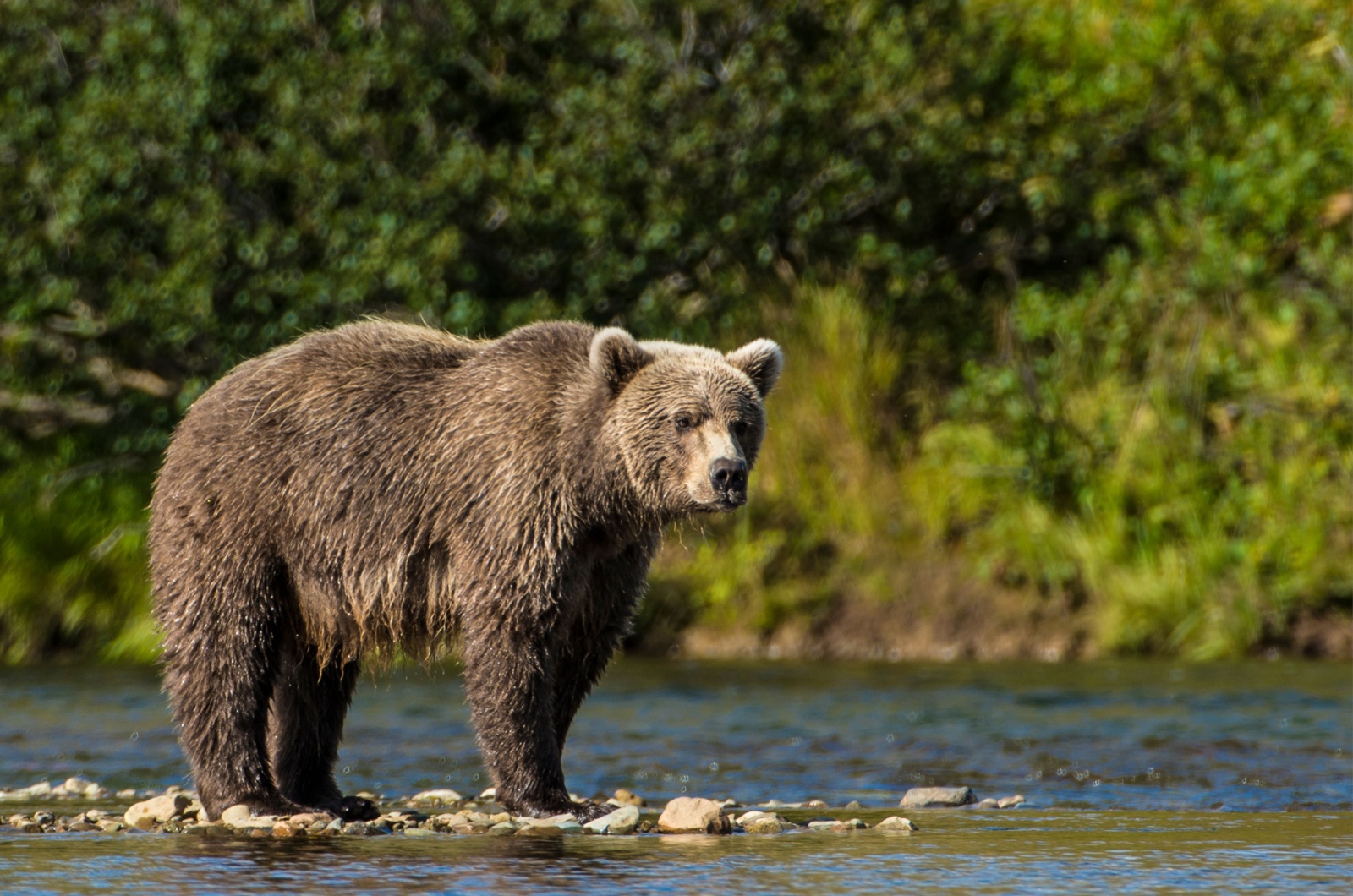
Exploring the wilderness can lead to an unforgettable encounter with one of nature’s most powerful creatures: the grizzly bear.
Found in Yellowstone and Glacier National Parks, as well as parts of Canada, these bears are true icons of the wild.
Grizzlies can weigh up to 800 pounds and run at astonishing speeds, up to 35 mph. While they’re generally not interested in humans, they can become highly aggressive if they feel threatened, especially when cubs are involved.
Hikers and campers should always be cautious. Making noise while on trails can help avoid surprising one, as sudden encounters are often what trigger defensive behavior. Carrying bear spray is a must, and knowing how to use it effectively can be life-saving.
Despite their imposing size, grizzlies are vital to the ecosystem, playing key roles as scavengers and seed dispersers.
While spotting one from a safe distance can be thrilling, respecting their space and behavior is crucial for both your safety and theirs.
2. Box Jellyfish
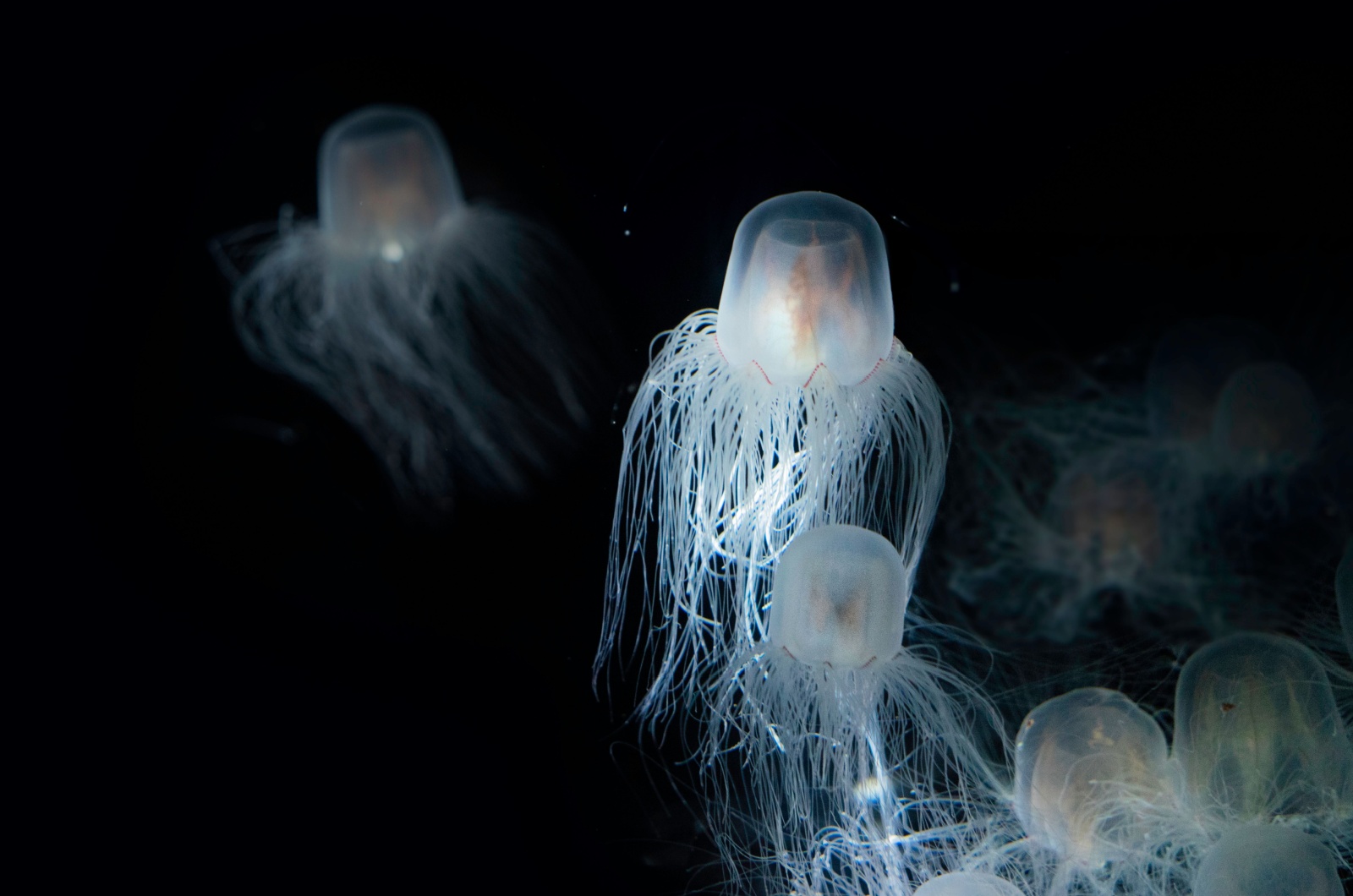
The crystal-clear waters of tropical destinations often hide a danger that’s almost invisible: the box jellyfish.
This delicate-looking creature inhabits warm waters around places like Australia, Thailand, and Hawaii. But don’t let its beauty fool you, it’s one of the ocean’s most dangerous creatures.
Its venomous tentacles can cause intense pain, paralysis, or other severe reactions in extreme cases.
Box jellyfish are most active during jellyfish season, typically in the warmer months. Unlike most jellyfish, these can swim, making them harder to avoid in the water.
Despite their danger, these creatures are just fascinating. Their translucent bodies and ghost-like movements are mesmerizing to watch, from a safe distance, of course.
If you’re swimming in tropical waters, stay informed about their presence and always follow local advice to ensure your safety.
3. Saltwater Crocodile
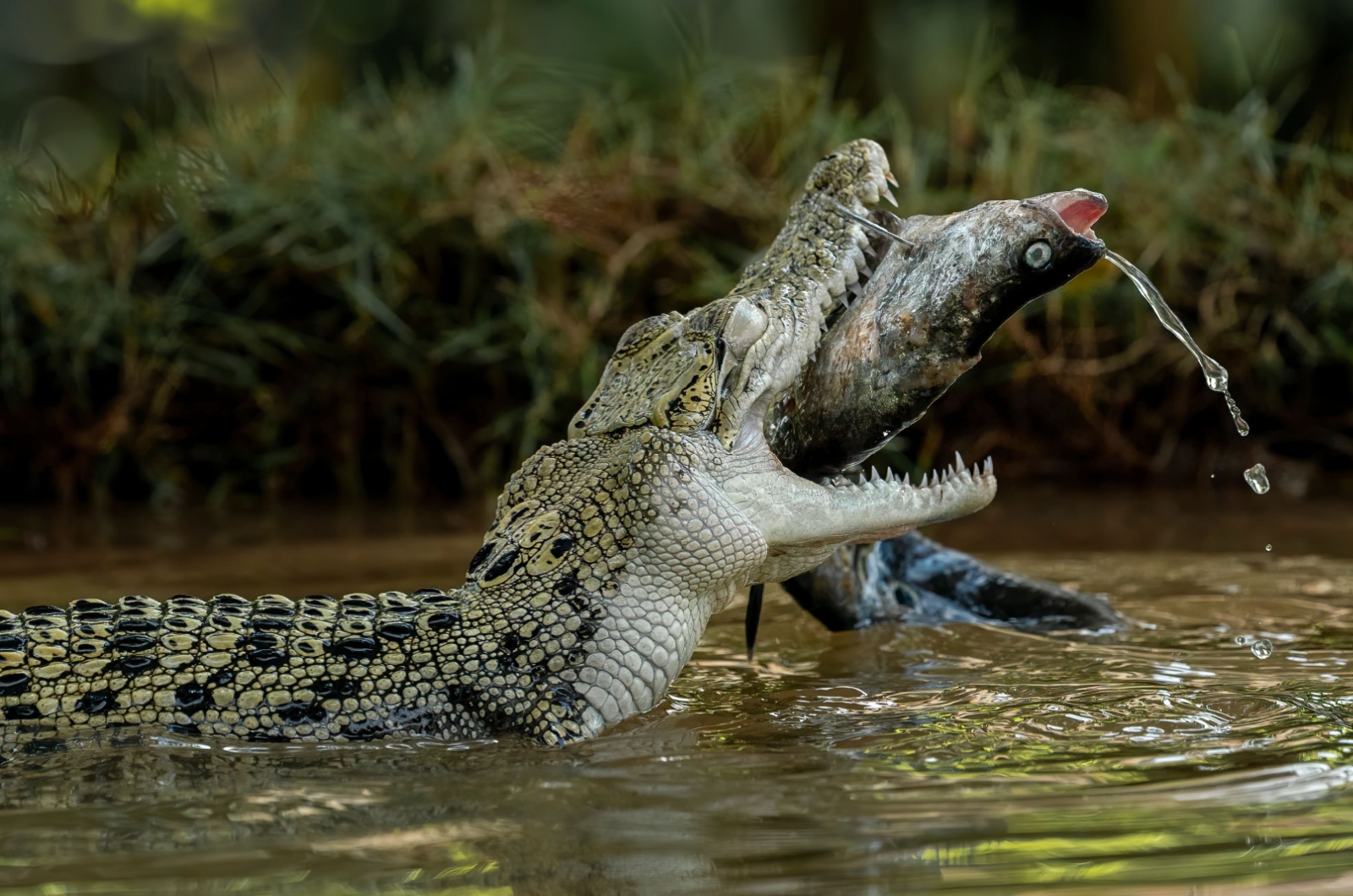
Tropical rivers and coastlines may look serene, but they’re often home to one of nature’s most fearsome predators.
If you find yourself traveling to northern Australia, Southeast Asia, or parts of India, you might encounter these massive reptiles. Known as the largest crocodilian species, they can grow over 20 feet long.
Stealthy and patient, they are ambush hunters. They spend their days lurking just beneath the surface, waiting for prey to approach.
“Salties” are highly territorial and aggressive. Attacks on humans are rare but often fatal, making them one of the most dangerous animals in their habitat.
While their presence may seem intimidating, saltwater crocodiles play an important role in their ecosystems as apex predators. They control populations of other animals and maintain the balance of aquatic habitats.
4. Tiger Shark
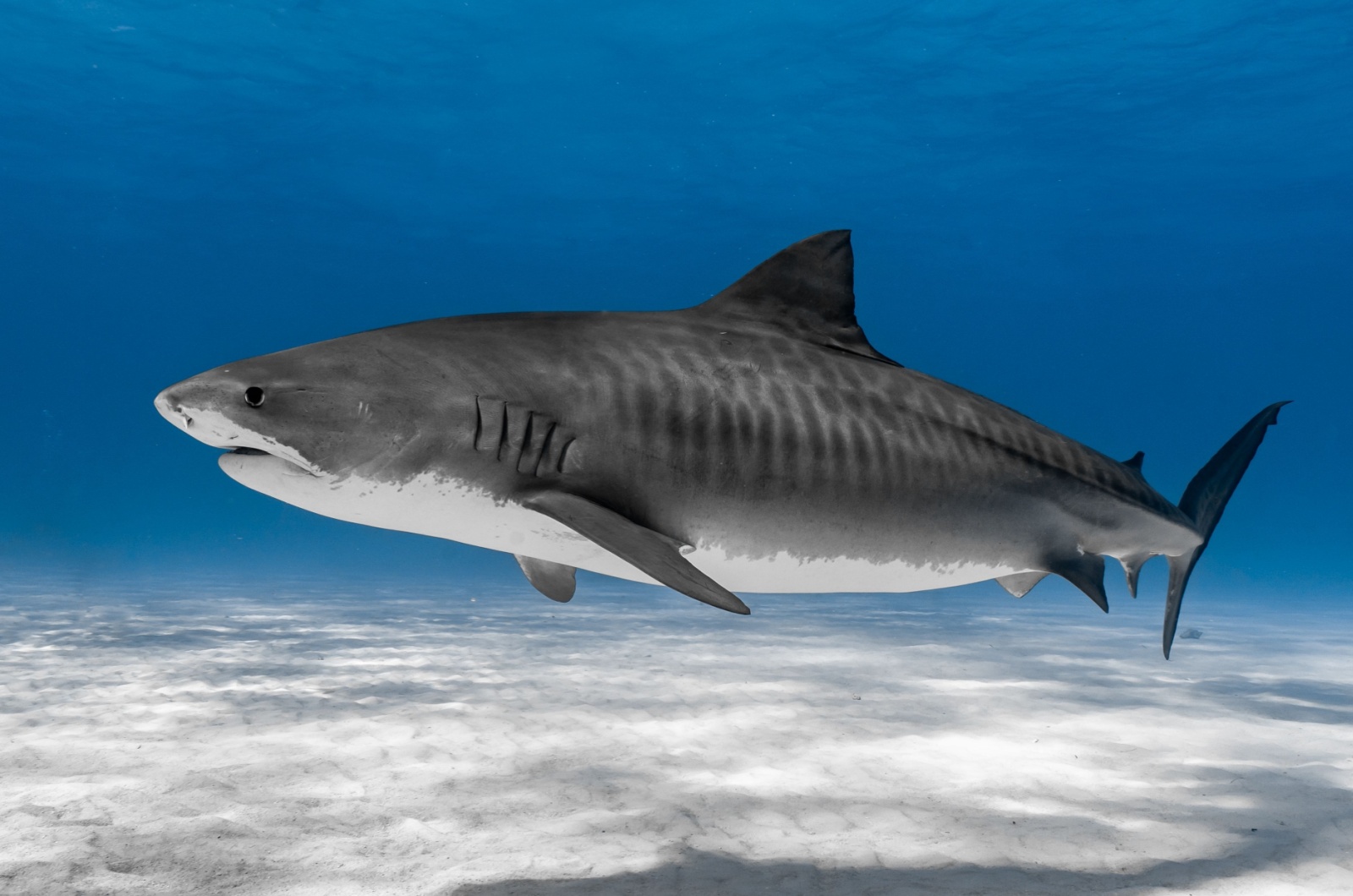
Beneath the warm waters of tropical destinations like Hawaii, Australia, and the Caribbean lurks the tiger shark, a powerful predator with a fearsome reputation.
Although attacks on humans are rare, tiger sharks are one of the species most often associated with incidents, largely due to their curious nature.
Swimmers and divers are advised to avoid murky waters and areas where baitfish gather, as these can attract sharks.
Seeing one in its natural habitat is an unforgettable experience, but it’s best done from a safe distance. Respect their space, and they’ll likely show little interest in yours.
5. Portuguese Man O’ War
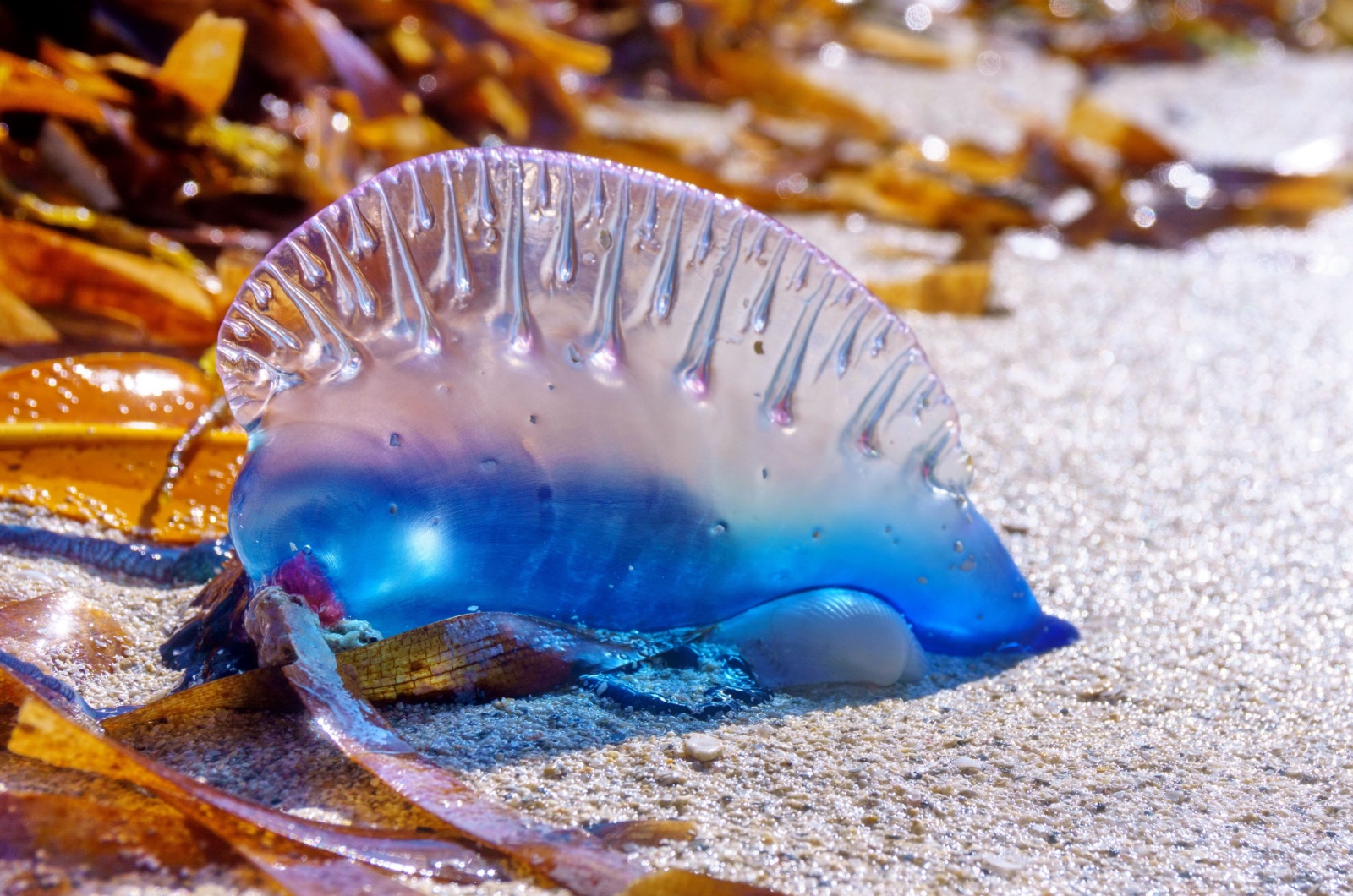
If your dream destinations are Hawaii, Bora Bora, or the Maldives, just know it’s not all about stunning beaches and crystal-clear waters. Your vacation might have a few surprises.
Take the Portuguese Man O’ War, for example. While it looks beautiful, don’t let its appearance fool you.
This creature isn’t a jellyfish but a siphonophore, made up of specialized organisms working together. Its long, venomous tentacles can stretch over 30 feet and deliver a sting that causes intense pain, welts, and, in severe cases, difficulty breathing or heart issues.
Admire their striking appearance from a safe distance to avoid an unwelcome sting.
6. Blacktip Reef Shark
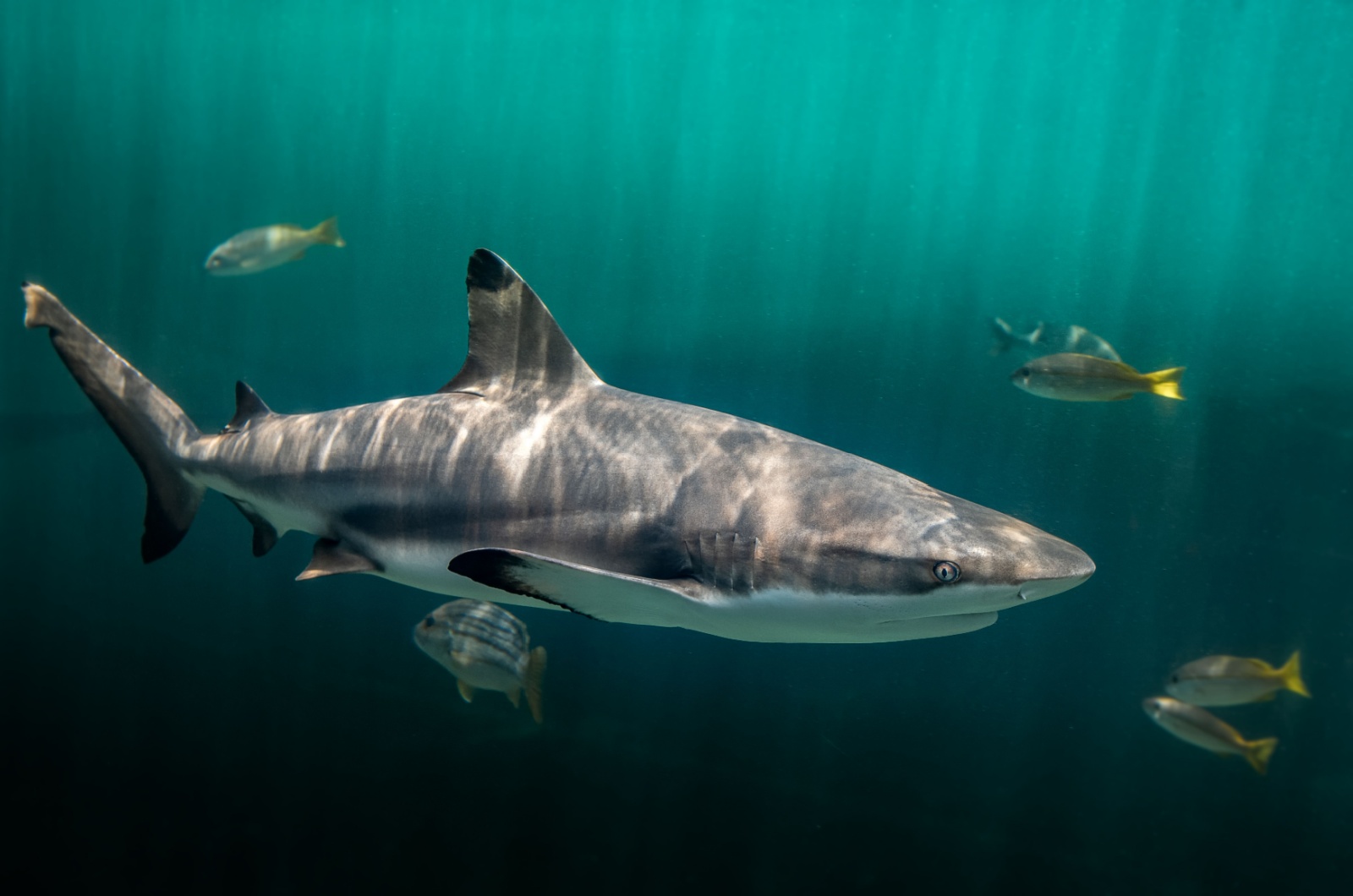
Recognizable by the black tips on their fins, these sharks usually tend to avoid humans. However, their curiosity can sometimes bring them closer than expected, especially if food is involved.
Despite their fearsome reputation, blacktip reef sharks are not typically dangerous to humans as long as they are respected.
Swimmers and snorkelers should avoid splashing excessively or attempting to feed them, as this can provoke unwanted attention. Observing them from a safe distance allows you to appreciate their beauty and grace without risking an encounter.
These predators help maintain the balance of coral reef ecosystems by controlling fish populations.
Spotting one in its natural habitat can be a thrilling experience, but always remember, in places like the Maldives, Bora Bora, or Southeast Asia, you’re a guest in their home.
7. Centipedes
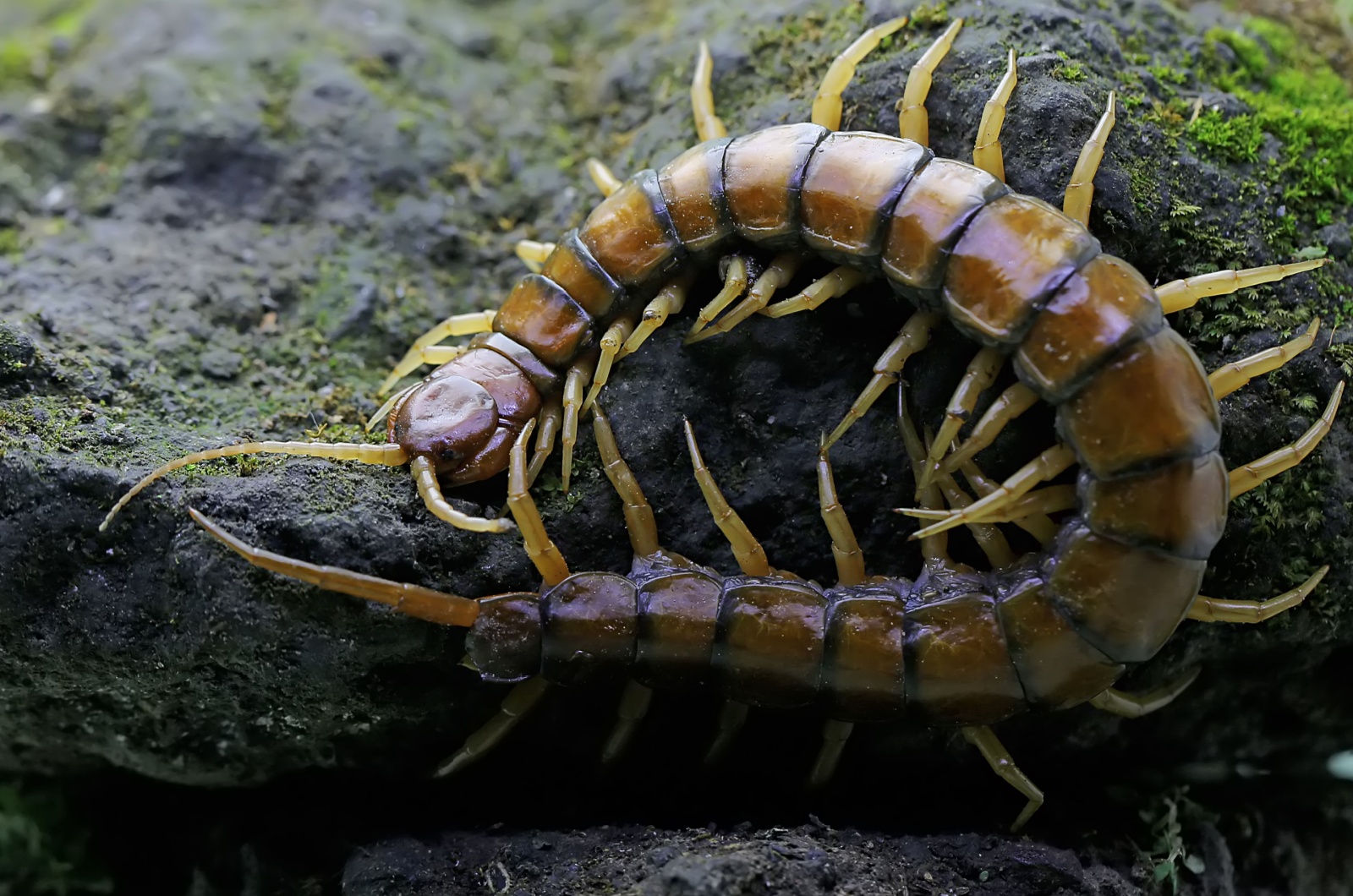
Centipedes may not be the first creatures you think of when it comes to dangerous animals, but the giant centipedes in Hawaii can make you think twice.
Growing over a foot long, these multi-legged critters deliver a venomous bite that’s painful, swollen, and can cause irritation for days. While their bite isn’t typically life-threatening, it’s definitely an encounter you’d rather avoid.
They’re nocturnal, preferring to hide in damp, dark places during the day, like under rocks, in shoes, or even inside bedding if left outside.
No matter how small, I wouldn’t want to cross their path!
8. Mountain Lion
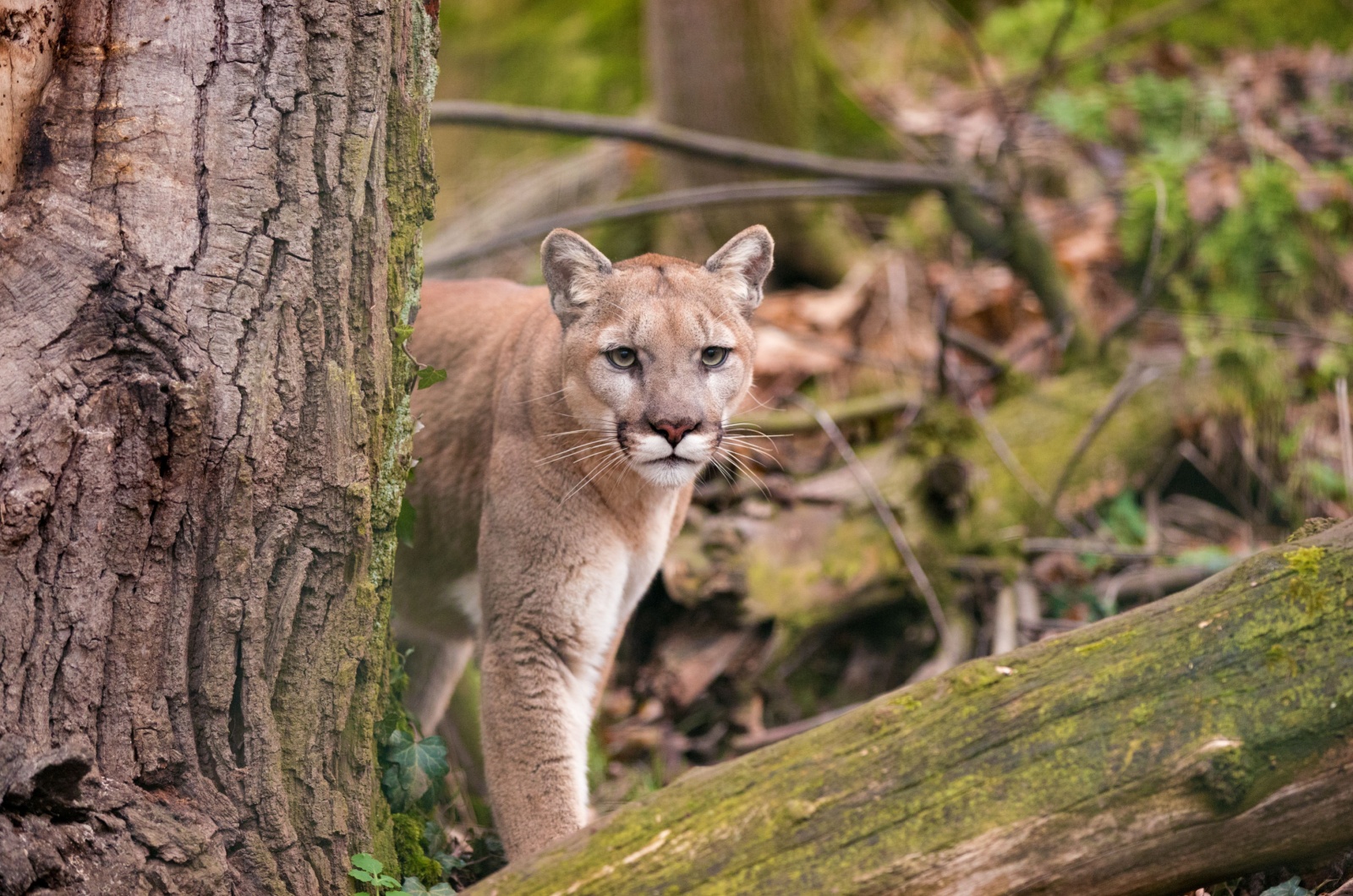
The vast wilderness of the U.S. is home to the elusive mountain lion, also known as a cougar or puma. Found in national parks like Yosemite and Rocky Mountain, these big cats are stealthy predators that rarely make their presence known.
They prefer to stay hidden, but if you venture into their territory, they may view you as a threat or even potential prey.
Mountain lions are highly territorial and roam large areas, often in search of deer or other wildlife. While attacks on humans are rare, they can happen.
If you do come across one, staying calm and appearing larger by raising your arms or backpack can help discourage an attack.
These magnificent creatures are a testament to the wild beauty of America’s landscapes, but they’re best admired from afar.
9. Bison
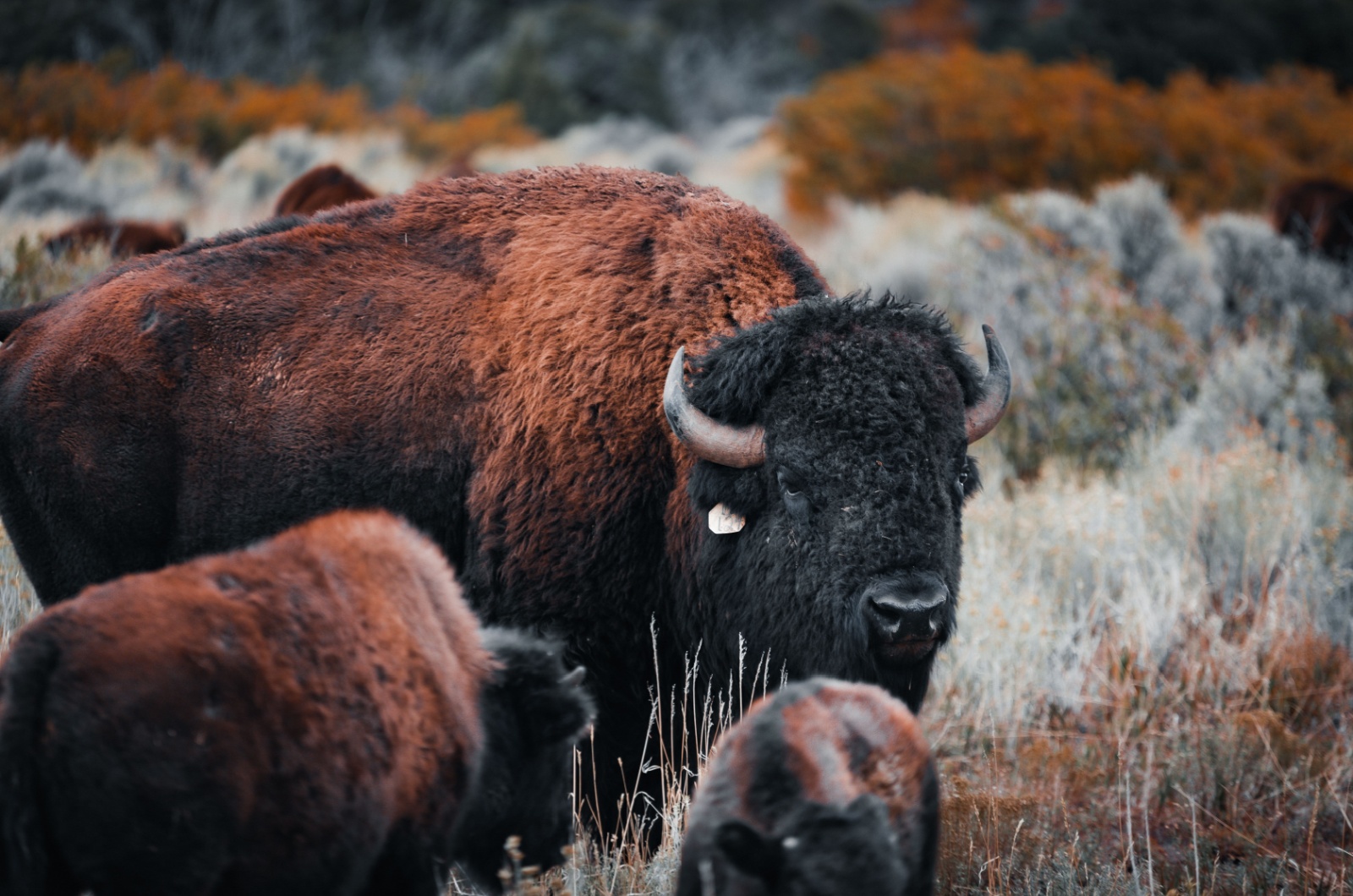
The iconic bison, a symbol of the American West, roams freely in Yellowstone and Grand Teton National Parks. These animals are massive, weighing up to 2,000 pounds.
Bison are also incredibly fast, reaching speeds of 35 mph. They can easily become aggressive without warning if they feel threatened.
Tourists often make the mistake of getting too close for that “perfect photo,” not realizing how dangerous bison can be. Every year, incidents occur where people are injured because they underestimated the bison’s power and speed. The best rule of thumb? Stay at least 25 yards away and always be cautious.
Watching these majestic animals from a safe distance is a must-do experience in any national park. They’re a living reminder of the wild spirit of the West.
10. Rattlesnake
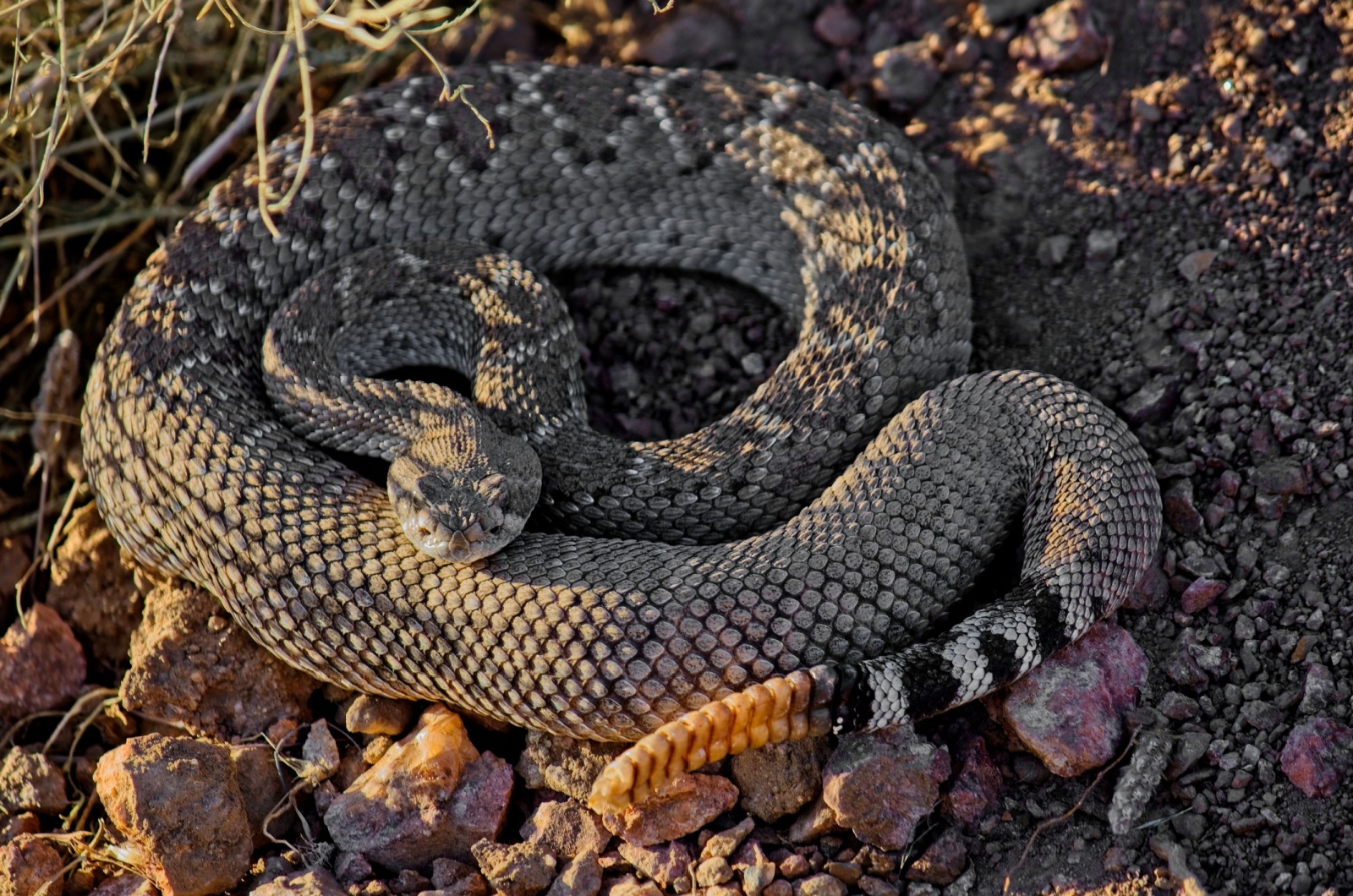
The dry, sun-soaked landscapes of national parks like Grand Canyon, Zion, and Joshua Tree are home to rattlesnakes, one of North America’s most iconic venomous reptiles.
Known for their signature rattle, which serves as a warning, these snakes are masters of camouflage, blending seamlessly into their surroundings.
Their venom can be life-threatening if untreated, but with prompt medical attention, recovery is highly likely. Hikers should stick to marked trails, wear sturdy boots, and avoid reaching into areas where visibility is limited, like rock crevices or dense brush.
Respect their space, and they’ll likely slither away without incident, leaving you to enjoy the beauty of the park.

